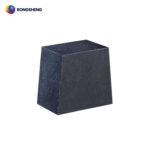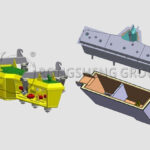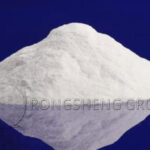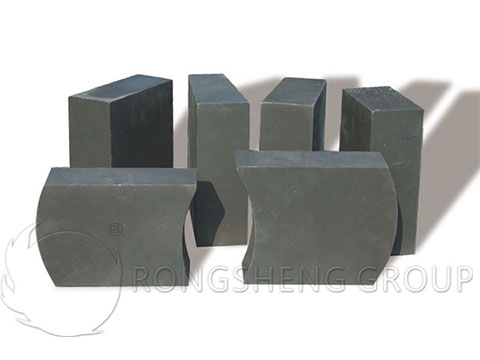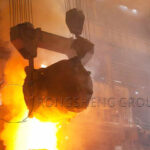The Metallurgical Function of the Tundish in the Steelmaking Process
The tundish is a refractory container used in steelmaking and continuous casting. It first receives molten steel poured from the ladle and then distributes it to each crystallizer through the tundish nozzle.
Functions of the Tundish
- (1) Reduce the static pressure of the molten steel, maintain a stable molten steel level in the tundish, and pour the molten steel into the crystallizer smoothly.
- (2) Promote the further floating of inclusions in the molten steel to purify the molten steel.
- (3) Divert the molten steel. For multi-strand continuous casting machines, the molten steel is distributed to each crystallizer through the tundish.
- (4) Store the molten steel. When the tundish is replaced during multi-furnace continuous casting, the casting speed is not reduced, creating conditions for multi-furnace continuous casting.
It can be seen that the main functions of the tundish are to reduce pressure, stabilize the flow, remove inclusions, store and divert the molten steel.
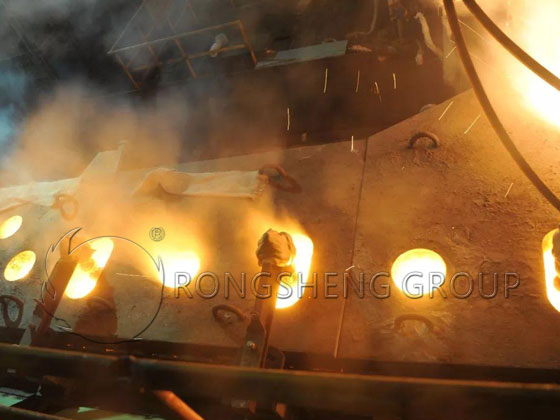
Metallurgical Functions of the Tundish
1. Purification
To produce high-purity steel, measures such as retaining walls and dams, argon blowing, and ceramic filters can be used in the tundish to significantly reduce the content of non-metallic inclusions in the steel.
2. Temperature Control
To maintain a temperature fluctuation of less than 5°C at the beginning, middle, and end of the tundish pouring process, allowing pouring close to the liquidus temperature, expanding the equiaxed crystal zone of the ingot, and reducing center segregation, measures such as adding small pieces of scrap steel and injecting iron powder can be used to adjust the molten steel temperature.
3. Composition Fine-tuning
Aluminum, titanium, boron, and other cored wires are fed into the crystallizer through the center hole of the tundish plug rod to fine-tune the microalloying composition of the steel, improving the yield of easily oxidizable elements and preventing nozzle clogging.
4. Refining
A double layer of slag is added to the surface of the molten steel in the tundish to absorb floating inclusions. Alternatively, calcium wire is fed into the tundish to modify the morphology of Al₂O₃ inclusions and prevent nozzle clogging.
5. Heating Function
Induction heating and plasma heating are used in the tundish to precisely control the pouring temperature of the molten steel. The longer the molten steel resides in the tundish, the more time inclusions have to float up, resulting in cleaner molten steel. To increase this retention time, a large-capacity tundish with a deep melt pool is an effective method.
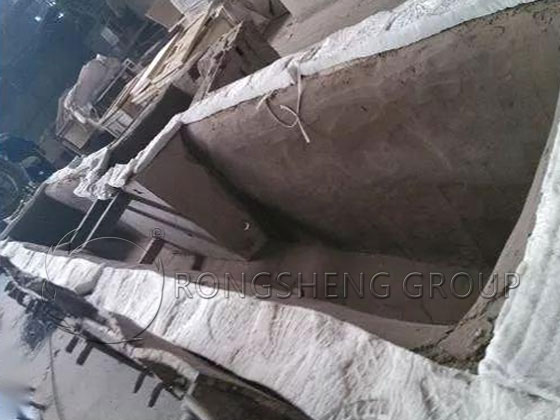
Tundish Refractory Materials
The temperature of the molten steel in the tundish is approximately 1470-1560°C. After casting, a certain thickness of excess steel must be left. When the tundish is removed from the production line, the stopper rod and excess steel freeze inside the tundish. After the tundish cools down, it is removed along with the working lining. This is a one-time service life, and the working lining is then discarded. Therefore, the requirements for the tundish working lining are not as high as those for the ladle.
-
Permanent Lining Casting Material
The permanent lining of the tundish is typically made of an aluminum-silicon castable. Depending on the tundish’s operating conditions, this castable should possess excellent strength, volume stability, and thermal shock resistance. Tundish castables produced by Rongsheng Refractory Factory have a service life of approximately 700-800 furnaces.
-
Working Lining Dry Material
The basic dry material for the tundish is composed of sintered magnesia, magnesia-calcium sand, or fused magnesia, magnesia-calcium sand, a medium- and high-temperature sintering agent, and a small amount of low-temperature binder. Magnesium dry working linings offer advantages such as easy installation, high baking thermal efficiency, easy separation of slag from the permanent lining, rapid tundish turnover, improved molten steel quality, and long service life.
Rongsheng Refractory Manufacturer offers high-quality tundish lining materials and continuous casting components. Contact Rongsheng for free samples and quotes.

